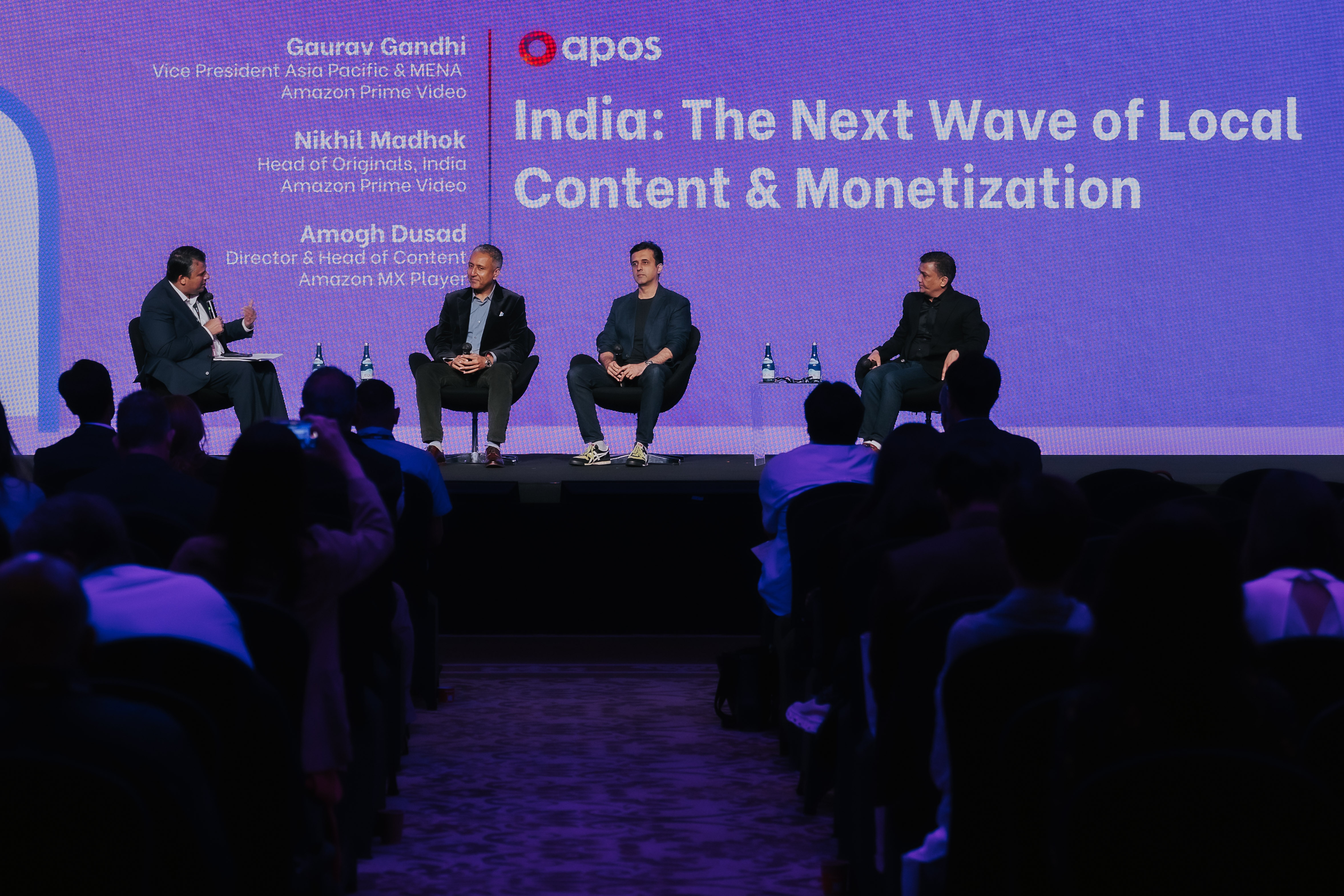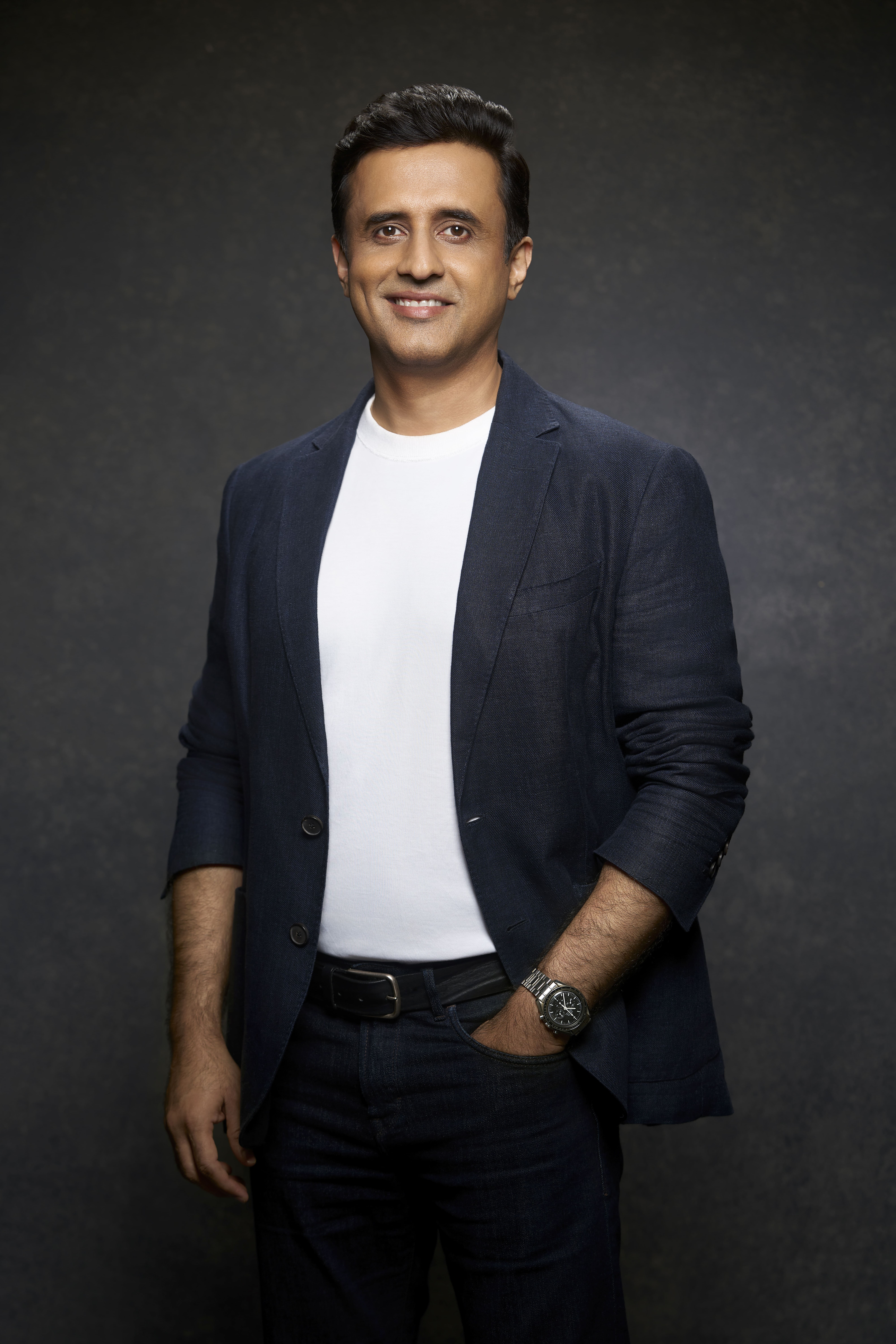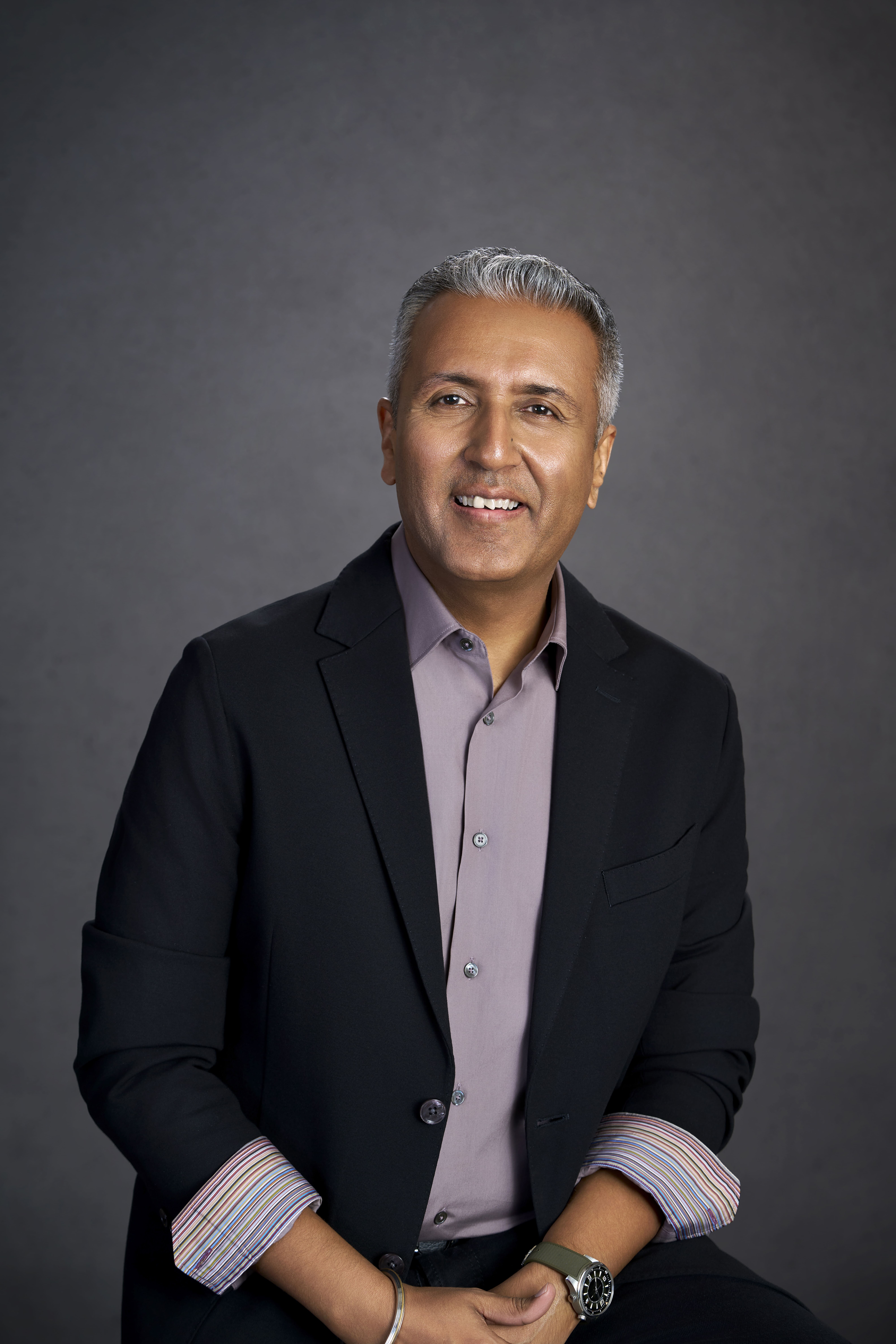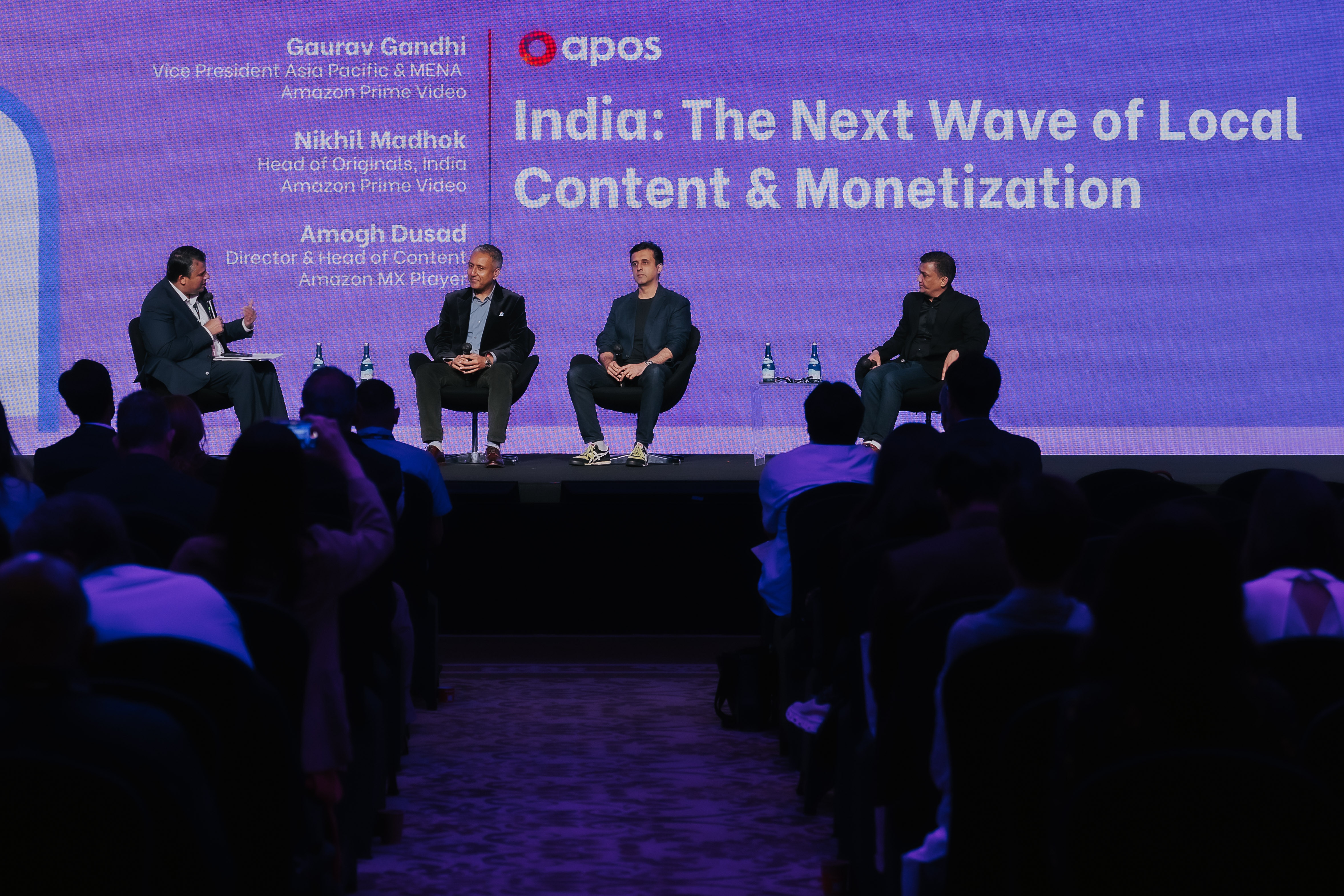In May, Amazon Prime Video customers in India were in for a rude shock when they received emails announcing that movies and shows on the streaming service would come with ads, starting June. A new ad-free add-on option would be available but would cost an additional ₹699 per year, or ₹129 per month—essentially users would have to pay more money to continue watching the same content as before, ad-free.
Given that the whole premise of video streaming was freedom from ads as opposed to cable television, Prime Video’s move has come in for much vitriol from users, especially on social media platforms.
“I’m already paying for too much stuff. And now they want me to see ads after I pay? How is this a premium offering? Aren’t they breaking the trust of subscribers,” asked Roy.
The move is all the more surprising given how important India is for Prime. The company said that the country continues to be among the top three international locales for Prime Video globally in terms of number of hours streamed.
According to the company, in 2024, India had the highest percentage of members stream Prime Video in the world. And in the last 12 months, nearly 25% of its Indian subscriber base are new users.
According to industry experts, paid Prime Video subscribers currently stand at 21 million compared to 12-15 million for close rival Netflix.
“India stands out as one of the key locales that we see as a growth engine and driver for Prime Video globally. Much of our Prime growth right now is coming outside of the US,” Kelly Day, vice-president, international, Prime Video, told Mint. “And without a doubt, India continues to be one of our top markets in terms of new subscriber growth and new members for Prime. We think of it as a kind of ‘must have’ in the global media landscape and it is critically important for us to continue to invest in India.”
View Full Image
Given how important the market is, why did Amazon choose to introduce ads into what has hitherto been a purely subscription-based video-on-demand (SVoD) service?
Spinning the company’s move, Gaurav Gandhi, vice-president, Amazon Prime Video, Asia-Pacific & Middle East-North Africa, said, “The way we think about this is that we’re giving people the choice. We have programmed the same content across both (lower and higher subscription tiers). Customers can choose how they want to consume the content, and we shall adjust and learn as we go along.”
Subscriber woes
In truth, despite all the positive looking statements and data emanating from the company and its leadership, viewer additions have plateaued. Amazon may be slightly ahead of Netflix but both have fallen way behind new entrant JioHotstar.
JioHotstar, which was born out of the merger of Disney+ Hotstar and JioCinema, crossed 300 million paid subscribers, parent Reliance Industries said at the company’s annual general meeting this month.
In a sense, Amazon may have had no choice but to go in for advertising on Prime as a supplementary growth strategy, according to industry experts. Unlike JioHotstar, the platform has been unable to break the ceiling in terms of paid subscribers over the past few years.
This is despite a Prime subscription giving a user more than just streaming video content—it also bundles Amazon Music, advance access to deals, free delivery on the shopping side, reading, gaming, and many other benefits. Indeed, no other provider can match Prime in terms of the sheer range of benefits it offers members.
As far as Prime Video goes, even if 10-20% of users move to the higher, ad-free tier, it would take average billings up. The platform hopes advertising revenue coupled with those paying for lower, ad-supported price plans, will keep it in decent shape.
The advertising bet certainly seems to be paying off in Amazon’s home market. This May, it said that Prime Video’s ad-supported monthly audience has reached more than 130 million in the US, with engagement increasing to 37% in monthly viewing hours.
The MXP gambit
Perhaps things weren’t meant to come to this pass. Amazon earlier had a clear demarcation between ad-driven and ad-free content. Prime Video was ad-free, while the company had a whole thing going on the ad-driven content front with video-on-demand service Amazon miniTV, which was free. It had a different programming slate, made up of low-budget, light-hearted young adult content.
Doubling down on the latter, last October, the Jeff Bezos-founded company had announced it was acquiring select assets from Times Internet-owned MX Player. The deal included the MX Player app, which would be merged with Amazon miniTV to create Amazon MX Player (Amazon MXP).
“We have taken the path of two services, with Prime Video catering to the premium segment of audiences and Amazon MX Player catering to a large segment of audiences not yet ready to pay for content,” Gandhi added. “We are investing in both of these to tap into the larger streaming opportunity in the country.”

View Full Image
This February, Amazon MXP announced a new slate of over 100 shows and movies to premiere this year. The mid-year list of top 50 streaming originals for 2025 published by media consulting firm Ormax included Amazon MX Player shows such as Ek Badnaam Aashram, Chidiya Udd and Hip Hop India, among others.
Prime Video’s acquisition of MX Player serves as a strategic flank to onboard mass-market audiences into the Prime Video ecosystem, said Mihir Shah, Shah, vice president, Media Partners Asia, an independent provider of research, advisory and consulting services across the media and telecoms sectors in the Asia Pacific.
“Amazon now runs two parallel streaming services in India: Prime Video, which targets subscribers seeking premium entertainment, and MX Player, catering to cost-conscious users yet to commit to a subscription,” Shah noted. He added that Prime Video serves as an important conduit for advertisers to reach affluent, paywalled audiences.
A senior content executive at a streaming platform said Amazon MX Player’s positioning is meant to counter rivals such as YouTube. That said, digital advertising in India is still at a nascent stage and Amazon MXP will also have to contend with JioStar, JioHotstar’s parent, which offers the advantage of a combined linear TV and streaming business with a huge sports repertoire.
As per primary market research and media services provider Chrome Data Analytics and Media, Prime Video clocked total revenue of ₹4,182 crore in 2024-25, as compared to ₹2,900 crore for Netflix (which only offers subscription plans), ₹14,300 crore for YouTube and ₹8,835 crore for JioHotstar.
Cutting costs on originals
On another front, Prime Video, long deemed to be at the forefront of premium web programming in India, hasn’t renewed new seasons of some marquee SVoD shows, such as legal drama Guilty Minds and Honey Bunny, the Indian adaptation of the show Citadel, which starred Varun Dhawan.
Meanwhile, previously announced titles such as Gulkanda Tales and The End, an ambitious, high-octane original featuring Akshay Kumar, have made no progress.

View Full Image
Plateauing paid subscriptions and increasing content costs may have led the platform to push more tightly-budgeted originals.
The slowdown in investments in premium OTT content in India isn’t a trend unique to Prime Video. However, industry insiders say Amazon CEO Andy Jassy, who took over in 2021, has been particularly keen to maximise revenue and cut costs. The senior executive quoted earlier pointed out that the company has decided to tighten the belt on video originals globally and India is only one part of the puzzle.
Also, the likely returns on high-budget series such as The End or Honey Bunny no longer justify the investments required for them to the extent that they did when these shows were first announced. Prime Video was far more bullish on its prospects in India then, but has since seen paid subscription growth slow down and other big-ticket originals such as Jubilee and Indian Police Force perform below par. These shows can cost between ₹100-200 crore per season, similar to big-ticket theatrical films.
“Sometimes, a title, in its first season, can really break out and what is written (for the second season) may require more work, and the teams may not be happy with it. And a lot of times, stories come with just a single season and we are okay with it,” said Gandhi.

View Full Image
Original SVoD shows on Prime Video—the platform is planning 12-15 of them a year—are renewed based on two factors, according to Nikhil Madhok, head of Indian Originals at Prime Video and Amazon MGM Studios. “The first is, whether the first season received a lot of consumer love, whether it was popular. The second factor is whether the original season was conceived as a single season story (like Indian Police Force) or a multi-season arc,” Madhok said.
However, the executive cited earlier said that the platform had allocated a significant amount of its overall budget to licensing deals for movies, some of which are yet to even go on floors. In the process, it has axed a bunch of originals, some of which had been under discussion for months. A lot of producers were informed the service wouldn’t be going ahead with the projects they were working on, post the company’s latest business review, he added.
The company denied these developments and said more than 60% of Prime’s fiction shows have gone into multiple seasons. It added that there is no truth to the assertion that original titles have been dropped. On the contrary, it said, Prime Video India is developing its most ambitious and expansive slate since launch across languages and formats in series, films, and now theatrical releases with Amazon MGM Studios. With close to 100 originals currently in production, development, or negotiation, India represents Prime Video’s second-largest slate globally, after the US, it asserted.

View Full Image
The upcoming lineup includes Do You Wanna Partner?, featuring Tamannaah Bhatia and Diana Penty; The Revolutionaries, a period drama chronicling India’s freedom struggle; Two Much with Kajol and Twinkle, a new take on the talk show format; Raakh, an investigative thriller; and Lukkha, marking rapper King’s acting debut.
Prime Vice-president Day added that the company has continued to produce at scale in India for quite a few years now, and this is not something it would scale back on. “We’ve actually produced the most local originals in India … outside the US,” she added.
Theatrical miscalculation
On the film front, Amazon’s aggressive acquisition of tentpole Bollywood films may not have paid off as hoped, given the unpredictable nature of the Indian box office, which has seen several big-ticket star vehicles, across Hindi, Tamil and Telugu, sink without a trace of late.
Acquisition of theatrically released films remains a major content cost driver, entertainment industry experts told Mint. A February 2025 report by media consulting firm Ormax estimated that Netflix and Prime Video have controlled over 75% share of major theatrical films released in Hindi, Tamil and Telugu since 2022.
However, as big star vehicles falter at the box office, their appeal on streaming faces challenges too. Meanwhile, direct-to-OTT films accounted for only 10% of the most watched streaming originals in the first half of 2025.
While still acquiring films from external production houses to premier post theatrical release, Prime Video is now bolstering its movie library by making its own titles, some of which it plans to first release in theatres for additional revenue. The company is also looking to premiere four to six local Indian films commissioned and produced solely by Amazon MGM Studios in theatres every year, from 2026 onwards.
Sometimes, a title, in its first season, can really break out and what is written (for the second season) may require more work, and the teams may not be happy with it. And a lot of times, stories come with just a single season and we are okay with it.
—Gaurav Gandhi
The company is also trying to rake in revenue in other ways. In April 2022, Prime Video announced the launch of pay-per-view movies on rent. However, the model remains niche in India. Prime Video also offers add-on subscriptions for third-party streaming services, such as Apple TV+, DocuBay and BBC Player, through the Prime Video app.
While these will not do much to lift the top line, Media Partners Asia’s Shah believes that each OTT platform is trying to take a distinct path to mass market expansion. “Prime Video is leveraging MX Player, JioHotstar is extending beyond sports with non-fiction franchises and influencer-led formats like Sparks, while Netflix is tapping into popular TV shows through its recent Sony deal. Yet all face common structural challenges, including escalating content costs, the need for continuous innovation, and the ongoing threat of piracy,” he said.
On his part, Gandhi is confident Prime will prevail over the challenges: “In the streaming world, we are in very early days and there is so much more to happen. This is an ‘and’ not an ‘or’ country.”
Key Takeaways
- With big investments in acclaimed Originals, Amazon Prime Video has secured a lead over its rival Netflix in India.
- But global pressure to cut costs and boost revenue is mounting, so the paid streaming service is rolling out ads, irking subscribers.
- Amazon is now competing for ad revenue with Reliance’s JioHotstar, which is far ahead with 100 million subscribers.
- Amazon says its free Amazon MX Player is for the masses while the paid Prime Video, with ads, is for premium users.
- Yet, customers say they feel cheated out of the ad-free experience they paid for.
- As growth in paying subscribers slows, Amazon Prime Video is trying to nudge to its pricier ad-free plan.
- Meanwhile, it is still pouring money into original shows and acquiring films; many are flopping.
- Apart from ads, Amazon Prime Video is now boosting revenue by renting films and offering subscriptions to rival streaming services.
Amazon Prime Video ads India,Amazon Prime Video ads,Prime Video ad free plan India,Amazon Prime India subscription,Amazon Prime Video advertising,JioHotstar vs Amazon Prime,OTT platform India,video streaming services India,Amazon Prime Video content strategy,Amazon miniTV,MX Player acquisition,amazon primer video,netflix,jiohotstar
#Amazons #cost #revenue #focus #altering #Prime #Video #India

